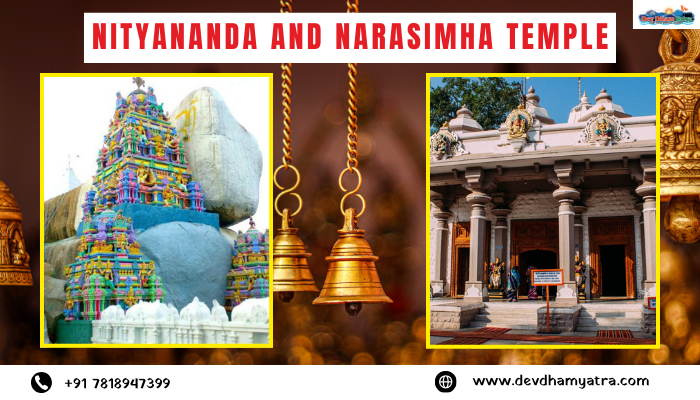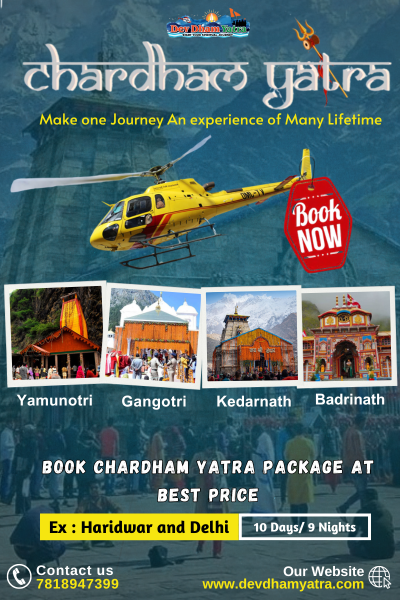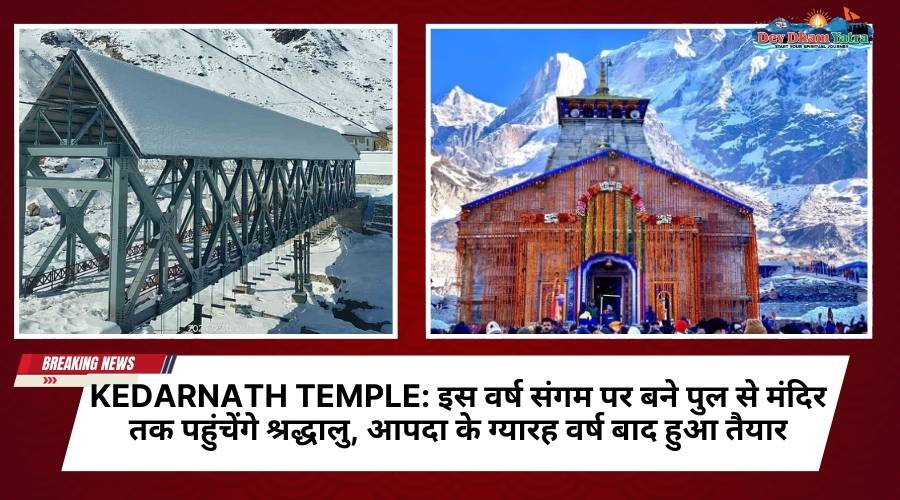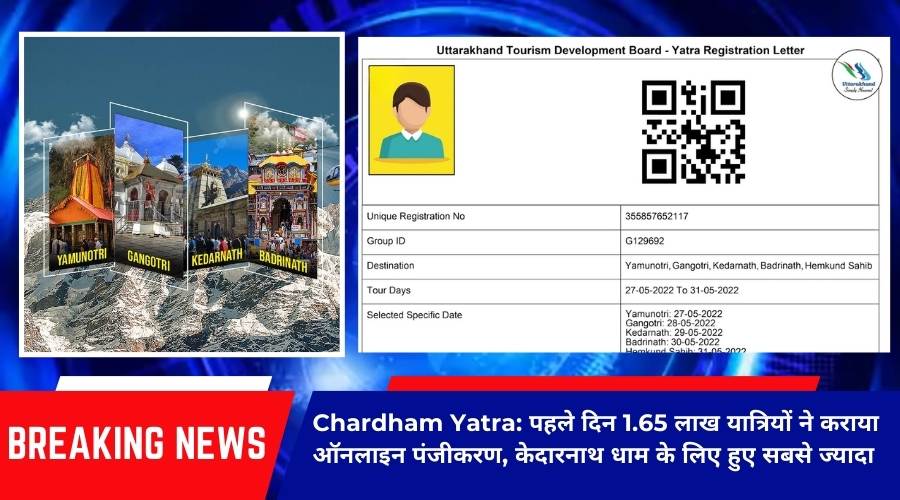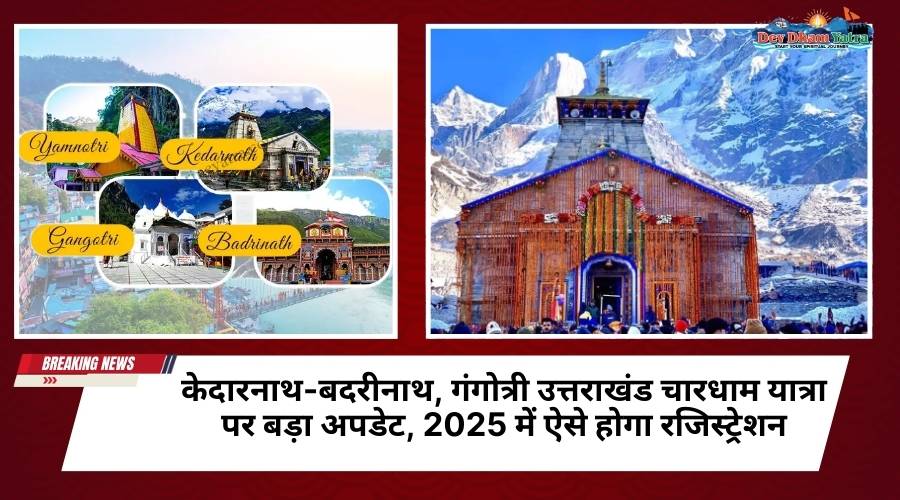Nityananda and Narashima Temple In Manipur
Nityananda and Narasimha Temple in Manipur, a magnificent blend of spirituality and architectural splendor. Discover the rich cultural heritage and serene ambiance of this sacred site, nestled amidst the scenic landscapes of Manipur, offering a unique experience of devotion and tranquility
Nityananda Temple In Manipur

This temple is dedicated to Lord Krishna, particularly in his form as Nityananda. It is situated in the heart of Imphal, the capital city of Manipur. The temple is known for its vibrant festivals and spiritual activities, attracting devotees from various parts of the state and beyond. The architecture of the temple reflects the traditional Manipuri style, adorned with intricate designs and colorful motifs.
Narasimha Temple In Manipur:

This temple is dedicated to Lord Narasimha, an incarnation of Lord Vishnu, depicted as half-man and half-lion. It is located in the Kangla Fort complex in Imphal, which holds immense historical and cultural significance in Manipur. The Narasimha Temple stands as a symbol of devotion and faith, drawing pilgrims and tourists who are captivated by its religious aura and architectural beauty.
Religious Significance Of Nityananda And Narasimha Temple
Nityananda and Narasimha temples hold significant cultural and religious importance in Hinduism.
Nityananda Temple In Manipur:
Dedicated to Lord Nityananda, a revered saint and prominent figure in the Gaudiya Vaishnavism tradition, this temple is a place of worship and pilgrimage for devotees. Lord Nityananda is considered an incarnation of divinity and is worshipped alongside Lord Krishna and Lord Chaitanya. The temple serves as a center for bhakti (devotional) practices and spiritual gatherings. Devotees visit to seek blessings, offer prayers, and participate in various rituals and festivals dedicated to Lord Nityananda.
Narasimha Temple In Manipur:
The Narasimha temple is dedicated to Lord Narasimha, an incarnation of Lord Vishnu, who appeared to protect his devotee Prahlada and destroy the demon Hiranyakashipu. This temple holds immense religious significance, especially for followers of Vaishnavism. Lord Narasimha is revered as a powerful deity who embodies courage, righteousness, and protection. Devotees visit the temple to seek protection, courage, and blessings for overcoming obstacles and challenges in life. The temple often conducts special prayers, rituals, and festivals dedicated to Lord Narasimha, attracting devotees from far and wide.
Architecture And Design Of Nityananda And Narasimha Temple:
Nityananda Temple In Manipur:
Architectural Style:
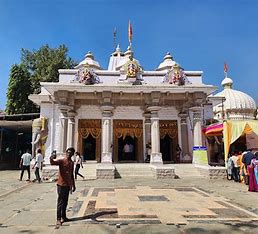
The Nityananda Temple showcases typical South Indian temple architecture, characterized by its towering gopurams (gateway towers), pillared halls, and intricate carvings.
Layout: The temple follows a traditional layout known as “panchayatana,” where the main sanctum dedicated to the deity is surrounded by smaller shrines for other deities, arranged in a symmetrical pattern.
Main Features Of Nityananda Temple In Manipur
1.Gopuram: The temple’s entrance is marked by a grand gopuram adorned with sculptural depictions of deities, celestial beings, and mythological scenes.
2.Mandapa: Visitors enter through a pillared mandapa (hall), where religious ceremonies and rituals take place.
3.Sanctum: The central sanctum houses the deity Nityananda, often depicted in a seated or standing posture, surrounded by offerings and devotees.
4.Prakaram: The circumambulatory path around the main sanctum allows devotees to perform pradakshina (circumambulation),an integral part of Hindu worship.
5.Materials: The temple is typically constructed using stone, with intricate carvings showcasing the craftsmanship of artisans.
6.Symbolism: The temple’s design symbolizes the journey of the devotee from the outer material world (represented by the outer walls) to the inner spiritual realm (represented by the sanctum).
Narasimha Temple In Manipur
Architectural Style:

The Narasimha Temple may vary in architectural style based on its location and historical period. It could follow either South Indian or North Indian architectural traditions.
Layout: Like the Nityananda Temple, the Narasimha Temple might adhere to the panchayatana layout or any other traditional temple layout prevalent in the region.
Main Features Of Narashima Temple In Manipur
1.Narasimha Idol: The central deity of the temple is Lord Narasimha, often depicted in a fierce form with the body of a lion and t head of a man.
2.Shikara or Vimana: The temple’s tower, known as the shikara or vimana, rises above the sanctum housing the Narasimha idol, representing the abode of the deity.
3.Mandapa and Halls: Similar to the Nityananda Temple, the Narasimha Temple might feature mandapas and halls for devotees to gather and participate in rituals.
4.Materials and Symbolism: The materials and symbolism used in the Narasimha Temple’s construction would align with the architectural traditions and beliefs prevalent in the region.
Major Festivals Celebrated In Nityananda And Narashima Temple
Nityananda Temple In Manipur
1.Nityananda Jayanti: Celebrates the birth anniversary of Sri Nityananda Prabhu, aprominent saint and associate of Sri Chaitanya Mahaprabhu. Devotees gather to commemorate his life and teachings with prayers, bhajans (devotional songs), and discourses
2.Rath Yatra: A grand procession where the deities of Sri Nityananda and Sri Gauranga are taken out on elaborately decorated chariots, accompanied by chanting and dancing by devotees. This festival symbolizes the Lord’s journey and is celebrated with much fervor.
3.Gaura Purnima: Also known as Sri Chaitanya Mahaprabhu’s Appearance Day, it marks the birth anniversary of Sri Chaitanya Mahaprabhu, the founder of the Gaudiya Vaishnavism tradition. Devotees observe fasts, sing kirtans (devotional songs), and participate in various spiritual activities.
Narasimha Temple In Manipur
1.Narasimha Jayanti: Commemorates the appearance of Lord Narasimha, the fourth incarnation of Lord Vishnu, who appeared to protect his devotee Prahlada from the tyranny of his father, Hiranyakashipu. Devotees fast, chant prayers, and offer special worship to Lord Narasimha.
2.Akshaya Tritiya: Celebrated on the third day of the bright half of the Hindu month of Vaishakha, this festival is considered highly auspicious for initiating new ventures and activities. Devotees throng the Narasimha Temple to seek blessings and perform special rituals.
3.Narasimha Chaturdashi: Also known as Narasimha Jayanti, it falls on the fourteenth day of the bright half of the Hindu month of Vaishakha. Devotees observe fasts and engage in devotional activities to honor Lord Narasimha’s appearance.
Nearby Attractions Of The Nityananda and Narashima Temple in Manipur
1.Kangla Fort: Located in Imphal, Kangla Fort holds historical significance and offers insights into Manipur’s rich past. Visitors can explore the ancient ruins, museums, and beautiful surroundings.
2.Loktak Lake: This is the largest freshwater lake in Northeast India and is famous for its floating phumdis (islands) and diverse wildlife. Tourists can enjoy boating, birdwatching, and serene views of the lake.
3.Ima Keithel (Mother’s Market): Situated in Imphal, this is one of the largest all-women markets in Asia. Visitors can witnes the vibrant atmosphere, shop for local handicrafts, textiles, and taste traditional Manipuri cuisine.
4.Manipur State Museum: Located in Imphal, this museum showcases the cultural heritage of Manipur through its exhibits of artifacts, manuscripts, traditional costumes, and historical documents.
5.Shree Govindajee Temple: This temple is dedicated to Lord Krishna and is situated in Imphal. It is renowned for its architectural beauty, religious significance, and tranquil ambiance.
6.Khonghampat Orchidarium: Nature enthusiasts can visit this orchidarium located near Imphal to witness a vast collection of rare and exotic orchid species amidst picturesque surroundings.
7.Zoological Garden, Manipur: Situated in Imphal, this zoo houses a variety of fauna native to the region, including rare species of deer, leopards, and birds. It’s a great place for families and animal lovers.
8.Manipur Zoological Garden and Museum: This zoo and museum complex in Imphal offers a blend of natural beauty and educational exhibits, making it an ideal destination for both leisure and learning.
Tourist Activities Nearby Nityananda And Narasimha Temple
1.Temple Exploration: Begin your journey by exploring the intricate architecture and spiritual ambiance of both the Temple Nityananda and Narasimha Temple. Marvel at the intricate carvings, learn about the history, and soak in the tranquil atmosphere.
2.Nature Walks: Surrounding these temples, you might find serene nature trails or scenic spots perfect for a leisurely walk or a peaceful picnic. Take in the lush greenery, breathe in the fresh air, and appreciate the natural beauty of the surroundings.
3.Cultural Experiences: Look out for local cultural events or performances that might be happening nearby. This could include traditional music, dance, or art exhibitions, offering you a deeper insight into the local culture and traditions.
4.Food Exploration: Indulge in the local cuisine by trying out nearby eateries or street food stalls. Sample traditional dishes and flavors unique to the area, and don’t forget to ask locals for recommendations on must-try delicacies.
5.Photography: Capture the beauty of the temples, landscapes, and cultural activities through your lens. Whether you’re a professional photographer or simply enjoy snapping photos as a hobby, there will be plenty of picturesque moments to capture.
6.Yoga and Meditation: Many spiritual centers or retreats might offer yoga and meditation sessions nearby. Take advantage of these opportunities to rejuvenate your mind, body, and soul in the serene surroundings of these sacred sites.
7.Historical Sites: Explore other nearby historical sites or landmarks that offer insights into the region’s rich heritage. This could include ancient ruins, forts, or museums that provide a glimpse into the area’s past.
Directions To Reach Nityananda And Narasimha Temple

Dehradun, Uttarakhand to Sri Nityananda And Narasimha Temple – Imphal, Manipur, India, RW6J+HFQ, RIMS Rd,Tourangbam Leikai, Uripok, Imphal, Manipur 795004
Transportation Options Available In The City Of Nityananda And Narasimha Temple
1.Public Bus:Nityananda likely has a network of public buses that connect various parts of the city, including routes that pass by or near Narashima Temple. These buses are typically affordable and accessible, serving as a convenient mode of transportation for many.
2.Taxis and Ride-Sharing: Taxis and ride-sharing services like Uber or Lyft may operate within the city, providing a more flexible and on-demand transportation option for those who prefer door-to-door service or need to travel at odd hours.
3.Auto Rickshaws: Commonly found in many Indian cities, auto rickshaws offer a convenient and relatively inexpensive mode of transportation for short to medium distances. They can often navigate through narrow streets and are a popular choice for getting around.
4.Cycles and Cycle Rickshaws: Given the cultural significance of temples and the potential for narrow streets, bicycles and cycle rickshaws might be available for hire, offering a slower but environmentally friendly way to explore the city and reach Narashima Temple
5.Walking: Depending on the distance from one’s location to Narashima Temple, walking might be a viable option, especially for those staying nearby or wanting to enjoy the sights and sounds of Nityananda on foot.
6.Private Vehicles: For those with access to a private vehicle, driving or hiring a car provides flexibility in exploring the city and visiting Narashima Temple at one’s own pace
7.Tourist Buses or Guided Tours: During peak tourist seasons, there may be organized tours or tourist buses that offer guided visits to Narashima Temple and other attractions in Nityananda, providing insights into the city’s history and culture.
Recommendations For Visitors To Visit Nityananda And Narasimha Temple
1.Research: Before visiting, take some time to research the history and significance of both temples. Understanding their cultural and religious importance will enrich your experience.
2.Respect Dress Code: Many temples have a dress code, usually requiring modest attire. Make sure to dress appropriately, c overing your shoulders and knees, and remove your shoes before entering the temple premises.
3.Timing: Check the opening hours of the temples beforehand to plan your visit accordingly. Some temples have specific timings for rituals and ceremonies which you might want to witness.
4.Guided Tour: If available, consider taking a guided tour of the temples. Guides can provide valuable insights into the architecture, mythology, and rituals associated with the temples.
5.Offerings: It’s customary to offer flowers, fruits, or other items as a mark of respect when visiting temples. You can purchase these offerings from vendors outside the temple premises.
6.Silence and Respect: Maintain a respectful demeanor inside the temples. Keep noise to a minimum, refrain from photography if it’s not allowed, and follow any instructions given by the temple authorities.
7.Participation in Rituals: If you feel comfortable, you can participate in the rituals conducted at the temples. However, always observe and follow the lead of the local worshippers to avoid any inadvertent errors.
8.Explore Surroundings: After visiting the temples, take some time to explore the surrounding areas. You may find interesting markets, eateries, or other attractions nearby that add to your overall experience.
9.Learn Local Customs: Familiarize yourself with local customs and traditions to show respect to the community hosting the temples. Being culturally sensitive enhances your interaction with locals and enriches your travel experience.
10.Take Care of Personal Belongings: While temples are generally safe places, it’s always wise to keep an eye on your belongings. Avoid carrying valuables and keep your belongings secure to prevent any mishaps.
FAQ’s About Nityananda And Narasimha Temple In Manipur
1.What are the visiting hours of the temple?
The temple is generally open to devotees and visitors throughout the day, typically from early morning until late evening. Specific visiting hours may vary, so it is advisable to check with the temple authorities.
2.Are there any specific rituals performed at the temple?
Yes, the temple conducts daily rituals and special pujas (worship ceremonies) dedicated to the deities. These rituals include offerings, aarti (light ceremony), and bhajans (devotional songs).
3.Can non-Hindus visit the temple?
While many Hindu temples welcome visitors of all faiths, it is recommended to check with the temple management for any specific guidelines regarding non-Hindu visitors.
4.What is the best time to visit the temple?
The best time to visit the temple is during the major festivals to experience the vibrant celebrations. However, it can be visited year- round for a more peaceful and personal experience.
5.How can one reach the temple?
The temple can be accessed by various means of transport:
- By Air: The nearest airport is in Imphal, the capital city of Manipur.
- By Train: The closest railway station is in Dimapur, Nagaland, from where one can take a bus or taxi.
- By Road: Manipur is well-connected by road, and the temple can be reached by local transport options such as buses, taxis, and auto-rickshaws.

